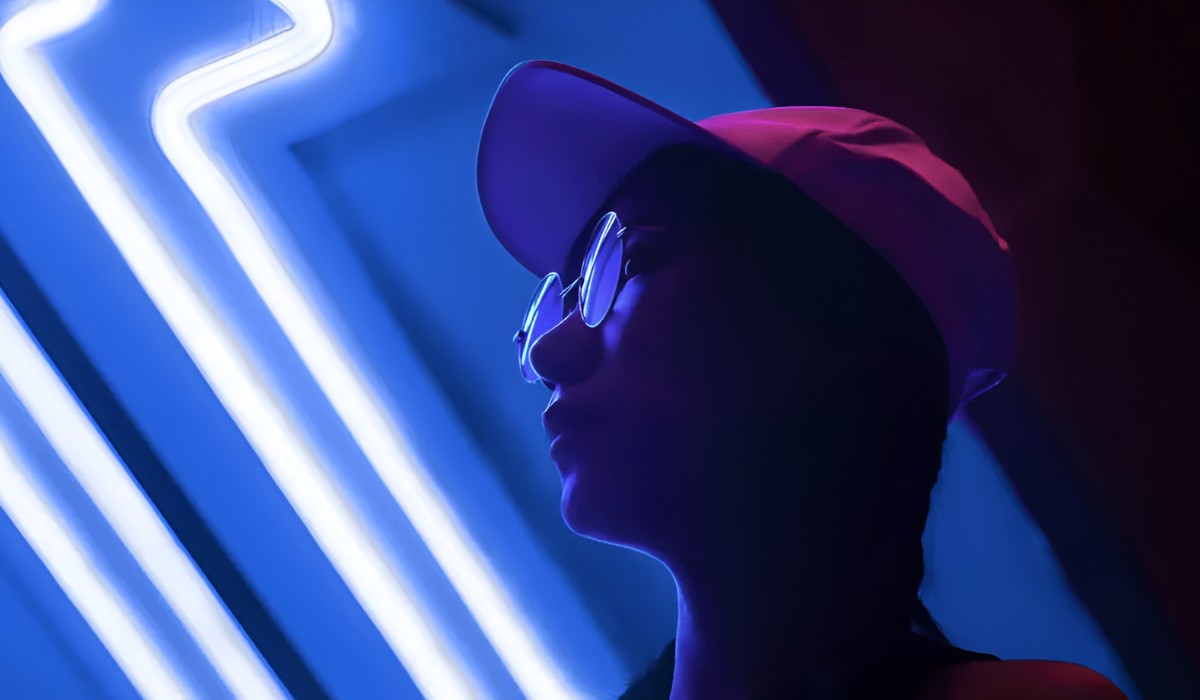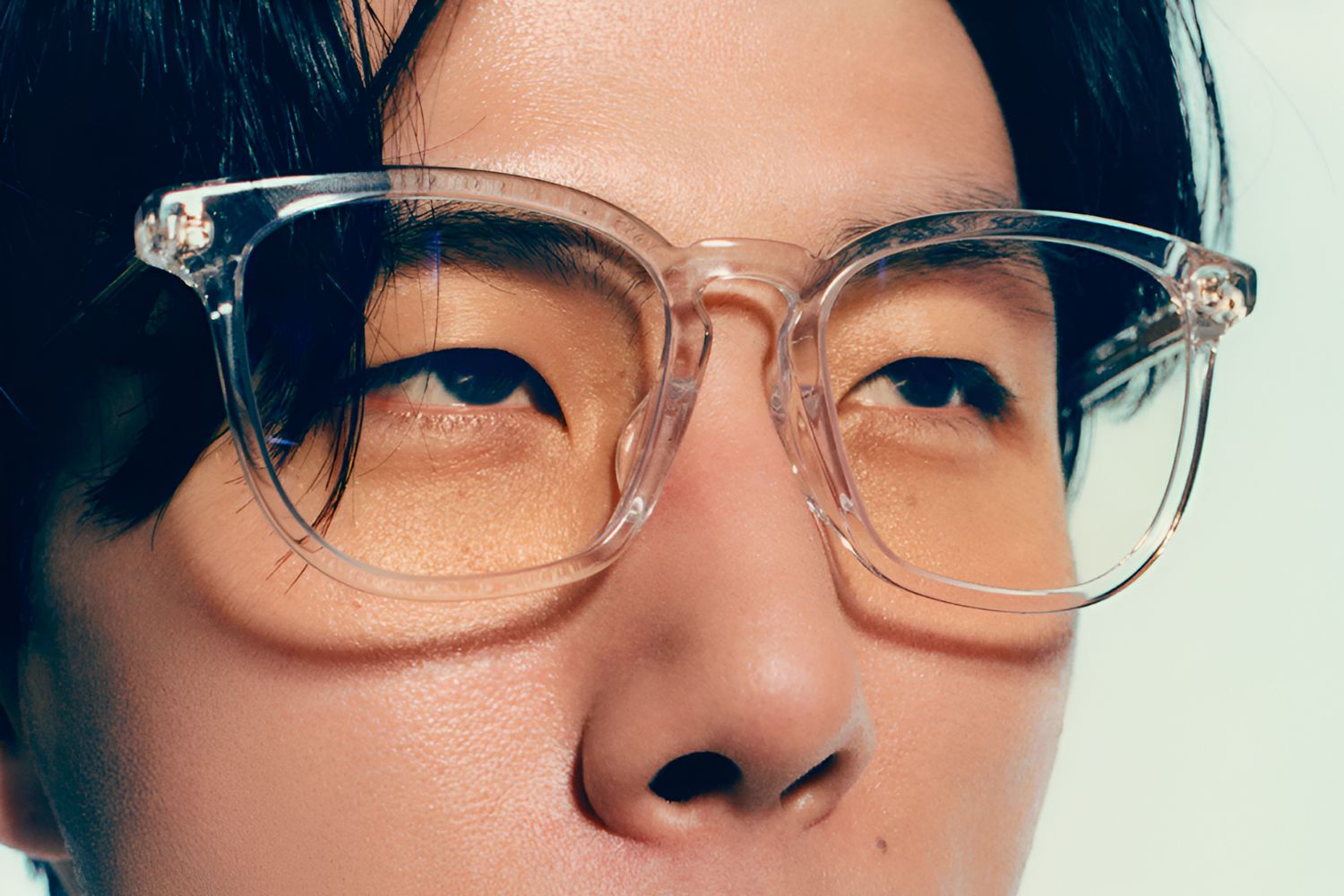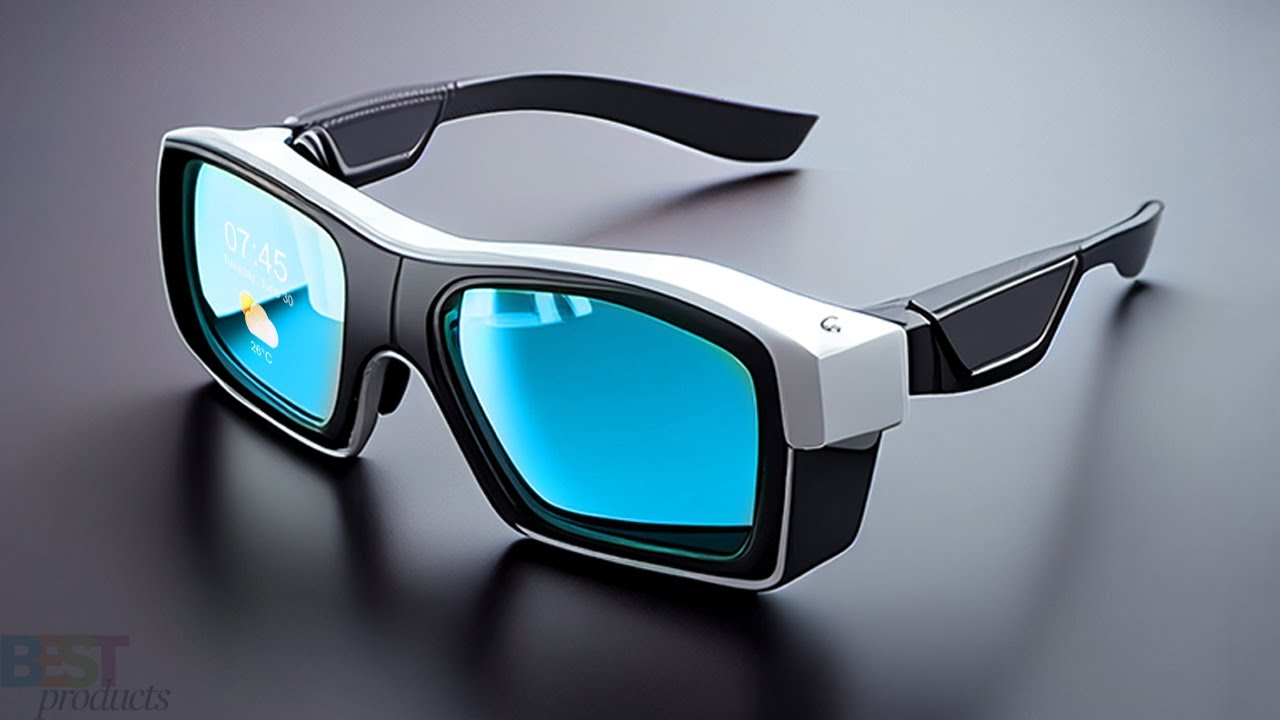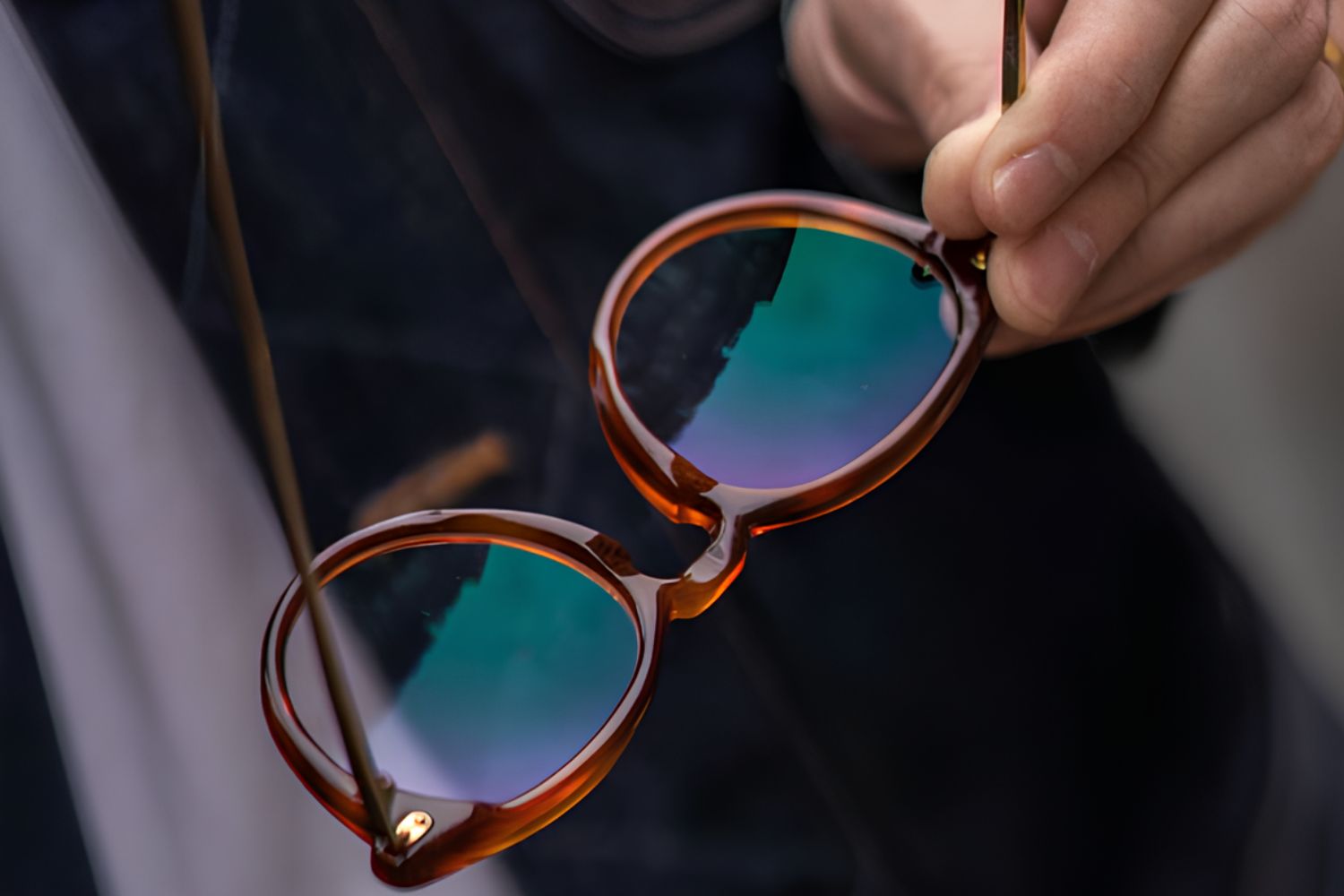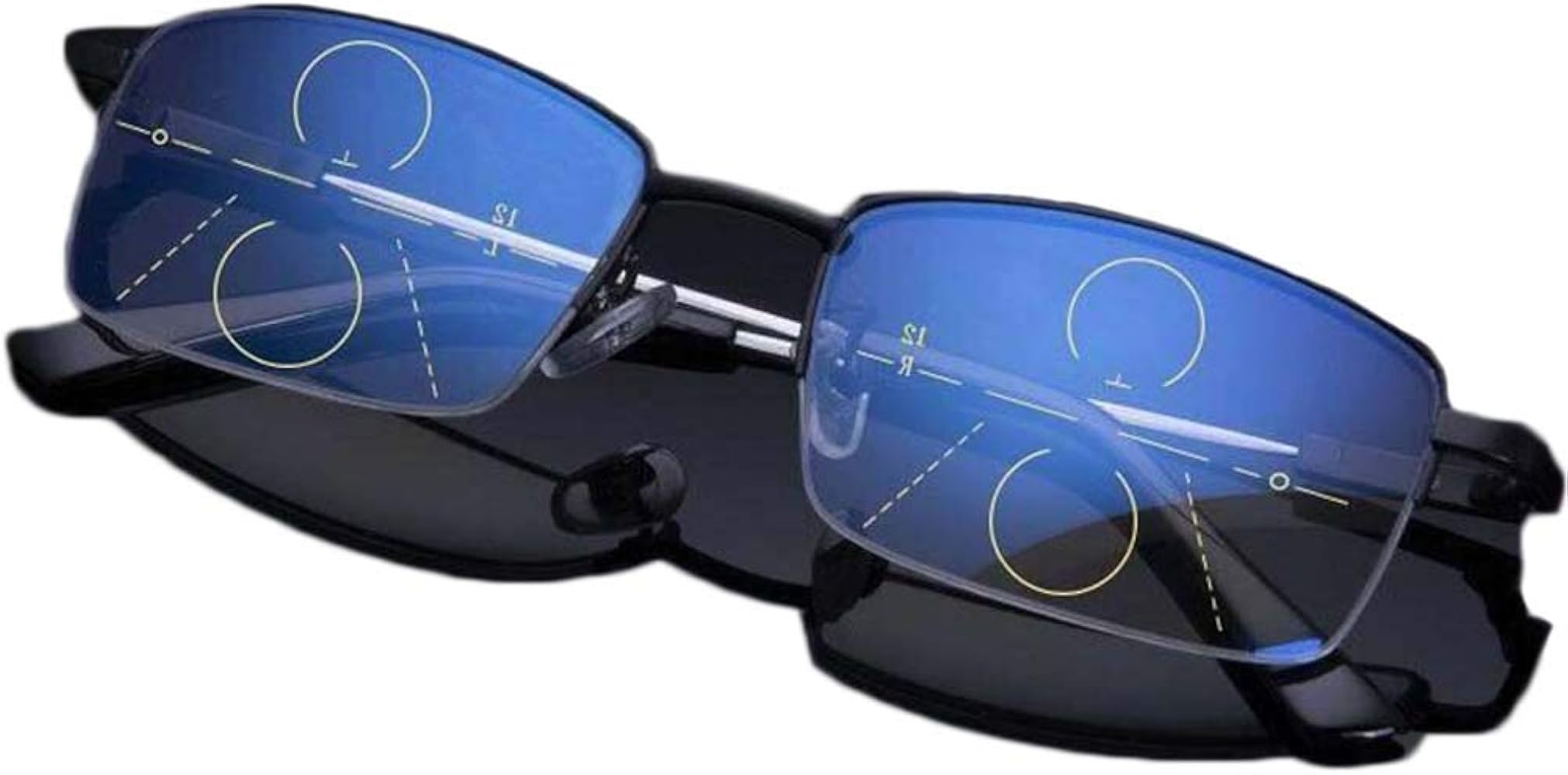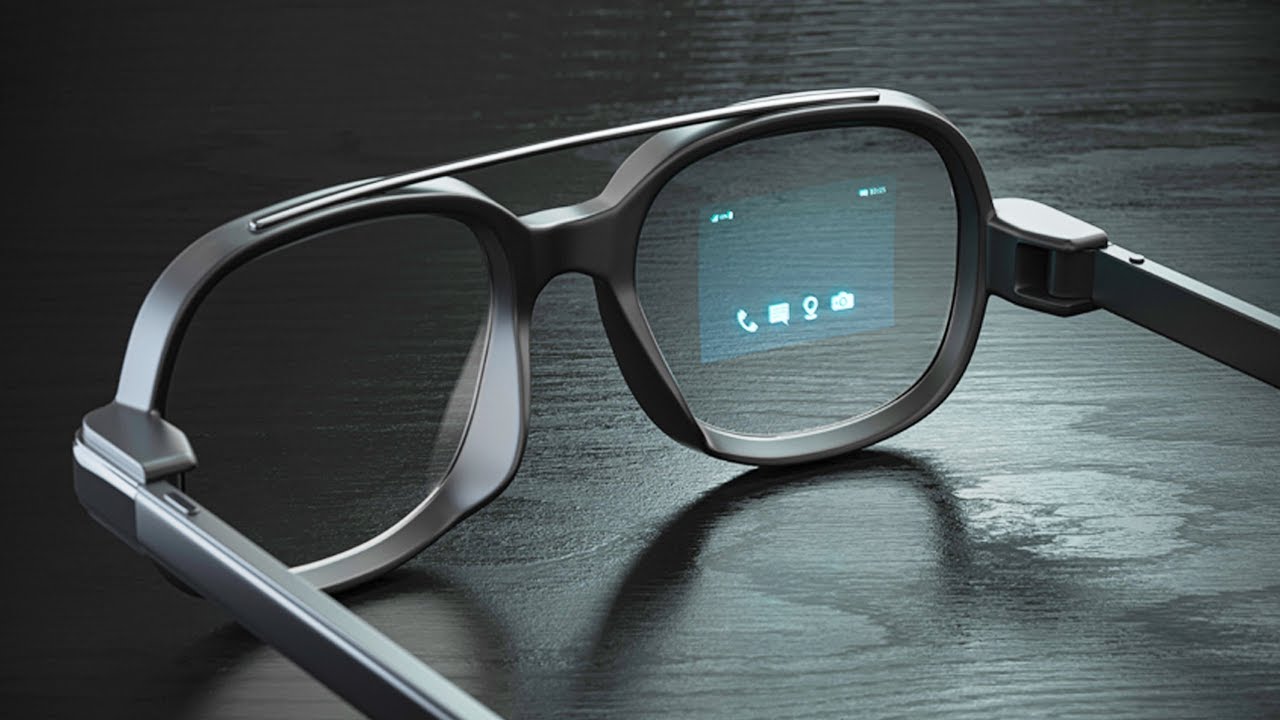Introduction
In today's digital age, our reliance on electronic devices has dramatically increased. Whether it's working on a computer, scrolling through social media on a smartphone, or binge-watching our favorite shows on a tablet, we are constantly exposed to screens that emit blue light. This prolonged exposure has raised concerns about the potential negative effects on our eyes and overall well-being. To address these concerns, many individuals have turned to blue light glasses as a solution to mitigate the impact of extended screen time.
Blue light glasses, also known as blue light blocking glasses, are specially designed eyewear that features lenses with a blue light filter. This filter is intended to reduce the amount of blue light that reaches the eyes, thereby minimizing eye strain, fatigue, and potential disruptions to sleep patterns caused by excessive screen exposure. As the popularity of blue light glasses continues to soar, it's essential to understand the optimal usage and duration for wearing these glasses to maximize their benefits while ensuring comfort and effectiveness.
In this comprehensive guide, we will delve into the factors that influence the comfortable usage of blue light glasses, explore the recommended duration for wearing them, and provide valuable tips to enhance the overall experience of using these glasses. By gaining a deeper understanding of blue light glasses and how to use them optimally, individuals can make informed decisions to safeguard their eye health and well-being in today's digital-centric lifestyle.
Understanding Blue Light Glasses
Blue light glasses are designed to address the potential adverse effects of prolonged exposure to blue light emitted by digital screens. These glasses feature specially crafted lenses that incorporate a blue light filter, which works to reduce the amount of blue light that reaches the eyes. By doing so, blue light glasses aim to alleviate eye strain, minimize visual fatigue, and potentially mitigate disruptions to sleep patterns caused by excessive screen time.
The lenses of blue light glasses are typically treated with a special coating that helps to selectively block or absorb a portion of the blue light spectrum. This targeted filtration is intended to prevent a significant amount of blue light from penetrating the eyes while still allowing other wavelengths of light to pass through, thereby maintaining visual clarity and color perception.
It's important to note that not all blue light glasses are created equal. The effectiveness of blue light glasses can vary depending on the quality of the lenses and the specific technology used in the blue light filtering process. High-quality blue light glasses are designed to provide optimal protection against blue light exposure, offering a reliable solution for individuals seeking to minimize the potential negative impacts of extended screen time.
In addition to their functional benefits, blue light glasses come in a variety of styles and designs, catering to diverse preferences and fashion sensibilities. From sleek and modern frames to classic and timeless designs, individuals have the flexibility to choose blue light glasses that not only offer protection but also complement their personal style.
As the demand for blue light glasses continues to rise, it's essential for users to have a clear understanding of the purpose and capabilities of these glasses. By recognizing the role of blue light glasses in reducing blue light exposure and the potential benefits they offer, individuals can make informed decisions about incorporating these glasses into their daily routines.
In the next section, we will explore the factors that influence the comfortable usage of blue light glasses, shedding light on the considerations that play a crucial role in optimizing the experience of wearing these glasses.
Factors Affecting Comfortable Usage
The comfort and effectiveness of blue light glasses are influenced by several key factors that play a pivotal role in determining the overall user experience. Understanding these factors is essential for optimizing the usage of blue light glasses and ensuring that individuals can comfortably integrate them into their daily routines.
Lens Quality and Clarity
The quality and clarity of the lenses in blue light glasses significantly impact the comfort of wearing them. High-quality lenses that are precisely crafted with a blue light filter provide effective protection while maintaining visual acuity. Clear and distortion-free lenses contribute to a comfortable viewing experience, allowing users to engage in prolonged screen activities without experiencing visual discomfort.
Frame Design and Fit
The design and fit of the frames also contribute to the comfort of wearing blue light glasses. Frames that are lightweight, well-balanced, and properly adjusted to fit the user's facial contours enhance comfort during extended wear. Additionally, ergonomic designs and adjustable nose pads can minimize pressure points and ensure a snug yet comfortable fit, reducing the likelihood of discomfort or fatigue.
Blue Light Filtering Technology
The effectiveness of the blue light filtering technology employed in the lenses is a critical factor in determining the comfort level of blue light glasses. Advanced filtering technologies that selectively target and reduce the transmission of harmful blue light wavelengths while preserving the integrity of other light spectrums contribute to a more comfortable and visually pleasing experience.
Anti-Reflective Coating
The presence of an anti-reflective coating on the lenses of blue light glasses can significantly enhance comfort by minimizing glare and reflections from screens and artificial lighting. This coating not only improves visual clarity but also reduces eye strain, making extended screen time more manageable and less fatiguing.
Personal Sensitivity to Blue Light
Individual sensitivity to blue light can vary, influencing the perceived comfort of wearing blue light glasses. Some users may experience greater relief from eye strain and fatigue when using blue light glasses, particularly if they are more susceptible to the effects of prolonged screen exposure. Understanding one's own sensitivity to blue light can help individuals gauge the comfort and effectiveness of using blue light glasses in their specific circumstances.
By considering these factors, individuals can make informed choices when selecting blue light glasses, ensuring that they prioritize comfort and effectiveness to reap the full benefits of these specialized eyewear.
Recommended Usage Duration
The recommended duration for wearing blue light glasses is influenced by various factors, including individual screen time, visual comfort, and specific usage scenarios. While there is no one-size-fits-all approach to determining the optimal duration for wearing blue light glasses, several guidelines can help individuals make informed decisions regarding their usage.
Regular Screen Time
For individuals who spend a significant portion of their day in front of digital screens, such as computer monitors, tablets, or smartphones, wearing blue light glasses consistently throughout the day can be beneficial. This prolonged exposure to screens can lead to eye strain and visual fatigue, making it essential to consider wearing blue light glasses for the majority of the day to minimize the potential adverse effects of blue light exposure.
Intermittent Usage
In cases where screen time is more sporadic or limited, wearing blue light glasses during specific activities, such as working on a computer, watching a movie, or engaging in prolonged gaming sessions, can be sufficient. This targeted approach allows individuals to address the effects of blue light during concentrated screen use while providing flexibility for moments of non-screen-related activities.
Evening and Nighttime Use
As exposure to blue light in the evening and nighttime hours can disrupt sleep patterns and circadian rhythms, wearing blue light glasses during these periods can be particularly beneficial. Individuals who frequently use electronic devices before bedtime or in low-light environments can consider wearing blue light glasses to mitigate the potential impact of blue light on their sleep quality.
Personal Comfort and Sensitivity
Ultimately, the recommended usage duration for blue light glasses should be tailored to individual comfort and sensitivity. Some users may find that wearing blue light glasses for extended periods enhances their visual comfort and reduces eye strain, prompting them to incorporate these glasses into their daily routine more consistently. Others may prefer to use blue light glasses selectively, based on their specific activities and perceived comfort levels.
By considering these factors, individuals can determine the most suitable usage duration for their blue light glasses, ensuring that they effectively address the challenges posed by prolonged screen time while prioritizing visual comfort and overall well-being. It's important to approach the usage of blue light glasses with a personalized perspective, taking into account individual habits, preferences, and the nature of screen exposure in everyday life.
In the next section, we will delve into valuable tips for ensuring a comfortable and optimal experience when wearing blue light glasses, offering practical insights to enhance the usage of these specialized eyewear.
Tips for Comfortable Wear
When it comes to maximizing the comfort and effectiveness of wearing blue light glasses, incorporating practical tips into your daily routine can significantly enhance the overall experience. By following these valuable insights, individuals can ensure that their usage of blue light glasses is optimized for comfort and tailored to their specific needs.
-
Consistent Wear: Incorporating a consistent wearing schedule for your blue light glasses can yield long-term benefits. By making them a regular part of your daily routine, especially during extended screen time, you can effectively mitigate the potential adverse effects of blue light exposure.
-
Proper Fit: Ensuring that your blue light glasses fit comfortably and securely is crucial for prolonged wear. Opt for frames that are well-adjusted to your facial contours and feature adjustable nose pads, minimizing pressure points and maximizing comfort throughout the day.
-
Adjust Screen Brightness: In conjunction with wearing blue light glasses, adjusting the brightness levels of your electronic devices can further reduce eye strain. Lowering the screen brightness can complement the protective benefits of blue light glasses, promoting a more comfortable viewing experience.
-
Take Breaks: Incorporating regular breaks from screen time, especially during prolonged use, can alleviate eye fatigue and enhance overall comfort. Use these breaks to rest your eyes, stretch, and engage in activities that do not involve extensive screen exposure.
-
Mindful Lighting: Paying attention to the lighting in your environment can contribute to the comfort of wearing blue light glasses. Minimizing harsh glare and controlling ambient lighting can complement the effects of the glasses, creating a more visually soothing experience.
-
Clean Lenses: Keeping your blue light glasses clean and free from smudges or debris can improve visual clarity and comfort. Regularly clean the lenses with a gentle microfiber cloth to maintain optimal visibility and reduce potential distractions.
-
Evening Use: Consider wearing your blue light glasses in the evening hours, particularly if you engage in screen-based activities before bedtime. This proactive approach can help mitigate the disruptive effects of blue light on sleep patterns, promoting a more restful and rejuvenating night's sleep.
By incorporating these practical tips into your daily routine, you can ensure that your usage of blue light glasses is optimized for comfort and effectiveness. Whether it's adjusting your screen brightness, taking regular breaks, or maintaining clean lenses, these insights can enhance the overall experience of wearing blue light glasses, empowering you to navigate the digital landscape with greater visual comfort and well-being.
Conclusion
In the fast-paced digital era, the widespread use of electronic devices has underscored the importance of safeguarding our visual well-being. Blue light glasses have emerged as a valuable tool for addressing the potential adverse effects of prolonged screen time, offering a proactive solution to mitigate eye strain, visual fatigue, and sleep disruptions caused by blue light exposure. As individuals seek to optimize their usage of blue light glasses for enhanced comfort and effectiveness, it is essential to recognize the multifaceted benefits and considerations associated with these specialized eyewear.
By understanding the factors that influence the comfort and performance of blue light glasses, individuals can make informed decisions when selecting and incorporating these glasses into their daily routines. The quality of lenses, ergonomic frame design, advanced blue light filtering technology, and personal sensitivity to blue light collectively shape the overall experience of wearing blue light glasses. These considerations underscore the importance of prioritizing comfort, visual clarity, and long-term eye health when choosing blue light glasses.
Furthermore, the recommended usage duration for blue light glasses is nuanced, taking into account individual screen time, specific activities, and personal comfort levels. Whether it involves consistent wear throughout the day, targeted usage during concentrated screen activities, or proactive use during evening hours, the optimal duration for wearing blue light glasses varies based on individual needs and habits. This personalized approach empowers individuals to tailor their usage of blue light glasses to effectively address the challenges posed by modern screen-centric lifestyles while promoting visual comfort and overall well-being.
Incorporating practical tips for comfortable wear, such as consistent usage, proper fit, screen brightness adjustments, regular breaks, mindful lighting, and evening use, can further enhance the experience of wearing blue light glasses. These actionable insights provide a holistic framework for individuals to optimize the comfort and effectiveness of their blue light glasses, fostering a more visually soothing and sustainable approach to navigating the digital landscape.
As the demand for blue light glasses continues to grow, it is evident that individuals are increasingly prioritizing their visual health and comfort in the digital realm. By embracing the benefits of blue light glasses and integrating them into their daily lives, individuals can proactively mitigate the potential adverse effects of blue light exposure, ensuring that their eyes are well-equipped to withstand the demands of modern screen-based activities.
In conclusion, the optimal usage of blue light glasses is rooted in a balanced approach that harmonizes comfort, effectiveness, and personalized preferences. By leveraging the insights and recommendations outlined in this guide, individuals can embark on a journey towards enhanced visual comfort, empowered by the protective benefits of blue light glasses in today's digital landscape.







